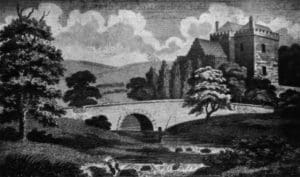Dynasty Definition: 5 Historical Examples
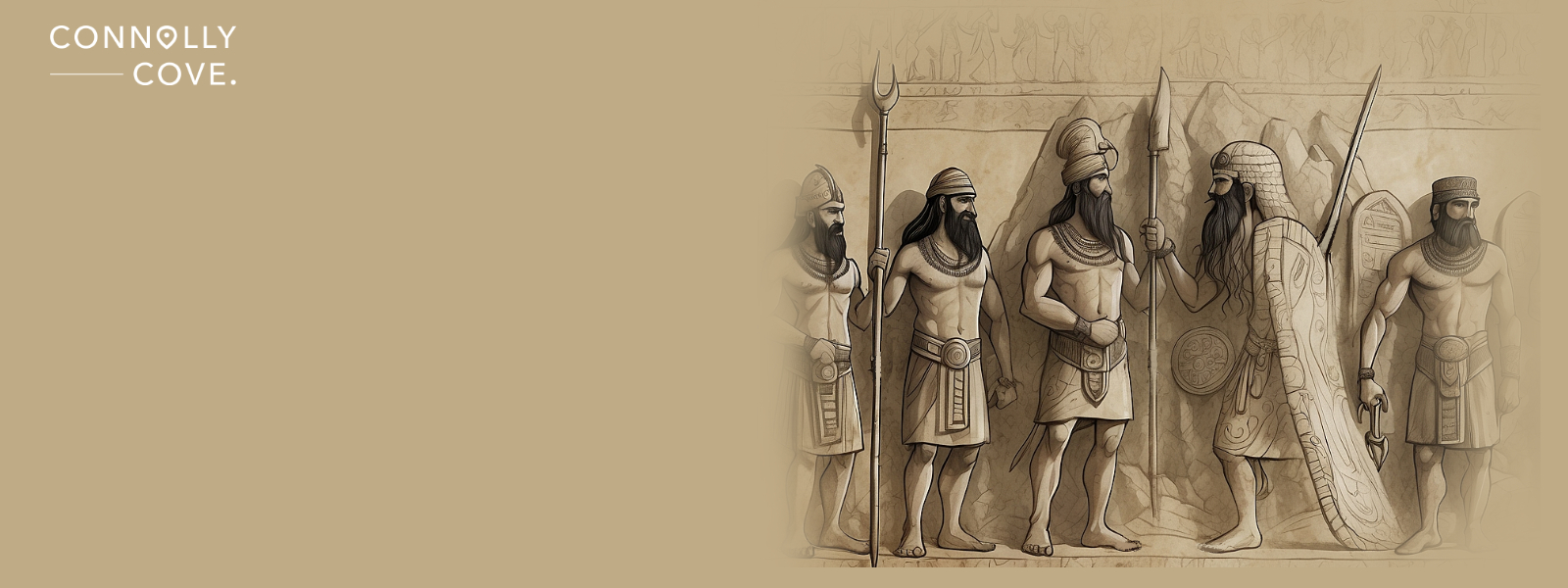
Updated On: April 24, 2024 by Raghda Elsabbagh
Has your curiosity ever been piqued by historical documentaries, and you were left puzzled over the intricate concept of ‘dynasty’? Well, you’re in good company. As history enthusiasts ourselves, we too grappled with unpacking this term—and it seemed to extend well beyond mere names and dates. The word “dynasty” stands as a woven thread connecting generations, shaping civilisations, and echoing through the corridors of time.
In this article, we’ll demystify the definition of “dynasty” and explore its profound impact on human history and contemporary society. Shall we embark together on this thrilling historical odyssey?
Table of Contents
Dynasty Definition
A dynasty is a succession of rulers all from the exact same family, and it can refer to both monarchies and republics. A dynasty encapsulates the saga of family legacies, power transitions, and the ripple effects of influence. The word “dynasty” originates from the Greek word “dynasteia,” meaning power.
The DNA of Dynasties: Hereditary Succession
A dynasty means a family line. At the heart of every dynasty beats the rhythm of hereditary succession. This family line has many leaders, one after the other. These leaders all come from the same home or clan. Imagine it like a relay race where the baton is passed and preserved within the family. This family line rules over a country or region for some time. The Romanovs did just that in Russia, as did the Tudors in England and Han’s in China!
Sometimes, this happens in places where a king or queen rules. But it can also occur in lands where people elect their leader. For example, the Mogul family ruled India for many years.
The Dual Concept of a Dynasty: From Monarchs to Republics
Dynasty is a term that can be used to describe both monarchies and republics. It refers to a succession of rulers from the same family. So, even in countries with elected leaders, like presidents or prime ministers, the concept of dynasty can still apply.
For example, in some republics, political power may be passed down through generations within the same family. Famous examples include the Kennedy family in the United States and the Nehru-Gandhi dynasty in India.
Other Terms Used for ‘Dynasty’
Dynasties are often called “houses,” “families,” or “clans.” A dynasty is a big family where rulers come from the same bloodline. It’s like when you have an important last name, and people recognise you for it.
In history, there have been many powerful dynasties that have ruled countries for a long time. For example, the Han dynasty was famous in China and lasted for over 400 years! So, when we talk about dynasties, we refer to these notable families with much control and influence.
Historical Examples of Dynasties
The word “dynasty” serves as a treasure map, guiding us through the epochs where families etched their legacies into the annals of time. We’ll journey to some bygone eras, uncover ancient tales woven by Mesopotamian scribes, decipher hieroglyphs on Egyptian tombs, and stroll through the imperial courts of China and Europe.
1. Mesopotamian Dynasties

Our first stop on this historical odyssey takes us to Mesopotamia, the cradle of civilisation. Here, amidst the fertile crescent, dynasties rose like the phoenix from the ashes of ancient city-states. Kingship became more than a title; it became the land’s heartbeat between the rivers.
Imagine walking through the ziggurats of Ur or Babylon, where the Sumerian, Akkadian, and Babylonian dynasties wrote the opening chapters of the human story. From the Code of Hammurabi to the hanging gardens, Mesopotamian dynasties built the foundation of governance, law, and awe-inspiring architecture, laying the groundwork for civilisations to come.
2. Egyptian Dynasties
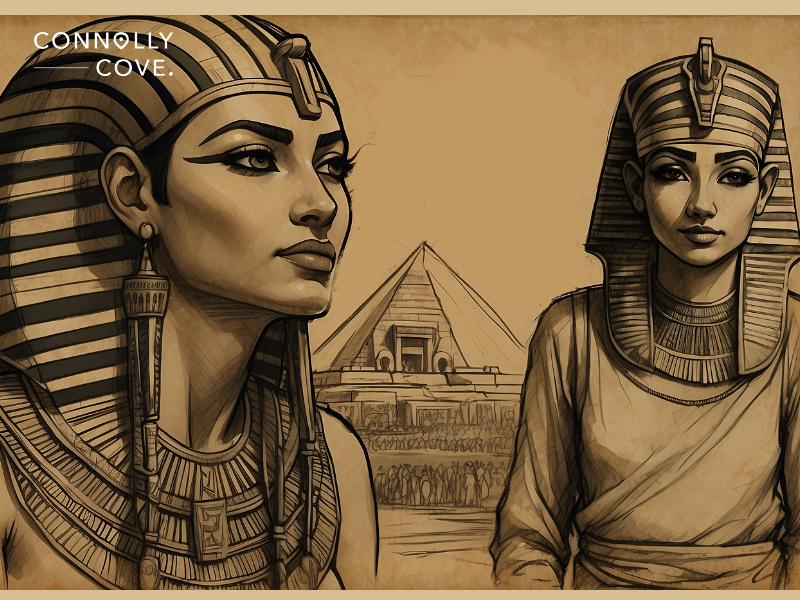
As we sail down the Nile, the pyramids stand tall like colossal guardians of time. Enter the realm of the Pharaohs, where dynasties unfolded like ancient scrolls. The Valley of the Kings whispers secrets of the Old, Middle, and New Kingdoms, each dynasty a chapter in Egypt’s grand narrative.
The pharaonic dynasties—fascinating as hieroglyphs—boast iconic figures like Cleopatra and Ramses, shaping Egyptian history and leaving an indelible mark on the world. In the ancient world, hieroglyphics adorned temples, and the Great Sphinx stood as a testament to the enduring power of dynastic rule.
3. Chinese Dynasties
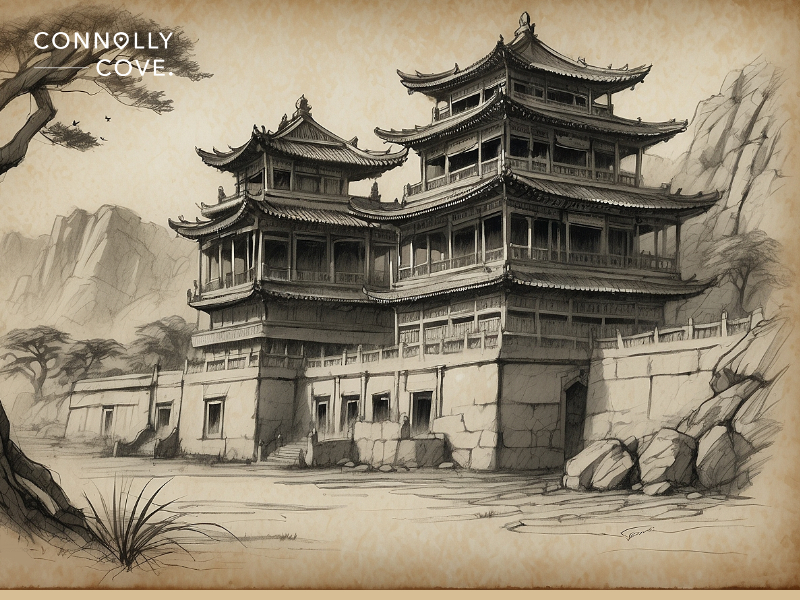
Now, let’s board the Silk Road and venture into the heart of China. From the Xia to the Ming, the Chinese dynasties painted the vast canvas of history with strokes of innovation, artistry, and governance.
Here, emperors from the Qin, Han, and Tang dynasties held court in the Forbidden City in dynastic China. Confucianism and Daoism echoed through the halls, shaping China and the whole cultural landscape of East Asia. The Great Wall, a symbol of imperial might, stretches across the centuries, built by dynasties standing as sentinels against the tides of time.
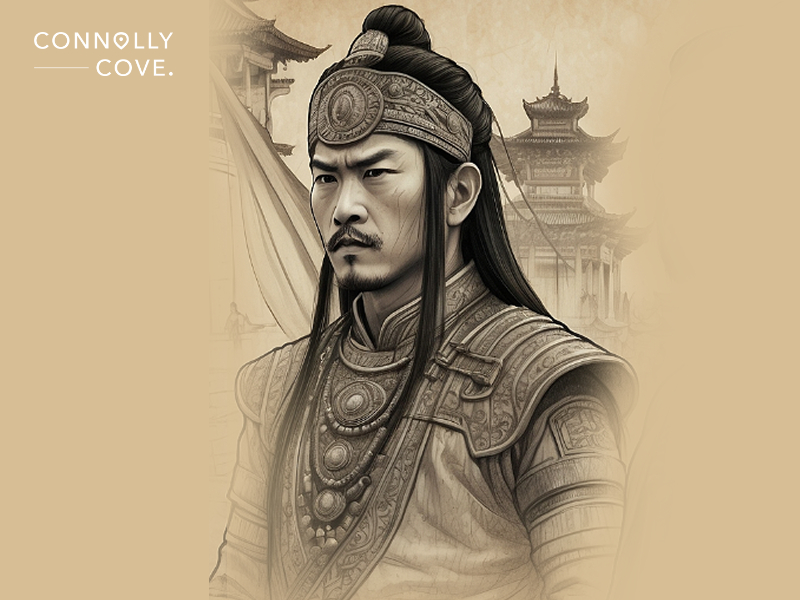
4. The Roman Empire
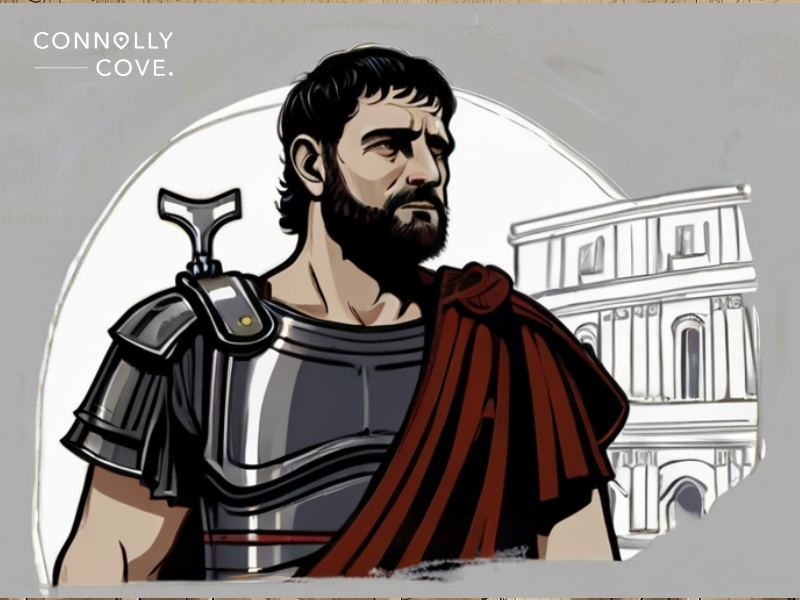
Crossing the Mediterranean, we find ourselves amidst the grandeur of the Roman Empire—a centre of power, conquest, and unparalleled influence. Here, the Caesars and Augustus marked the ascent of one of the most influential dynasties in Western history.
The Roman Forum, with its triumphal arches and majestic columns, served as the stage where the Julio-Claudian and Flavian dynasties played their roles in shaping the course of Western civilisation and where emperors ruled with an iron fist. As gladiatorial echoes reverberated in the Colosseum, the Roman dynasties left an enduring imprint on the concept of imperial rule.
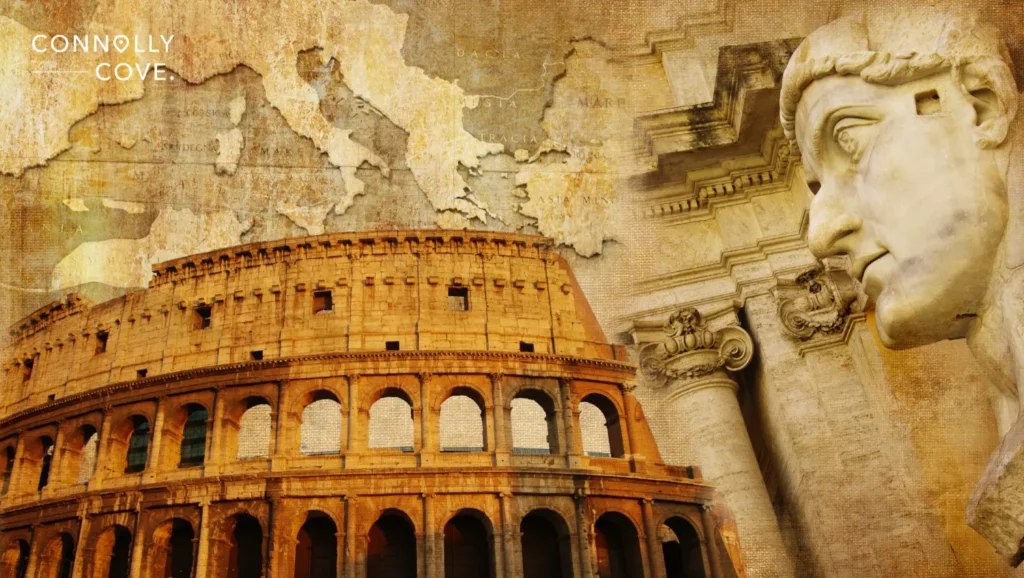
5. Medieval European Dynasties
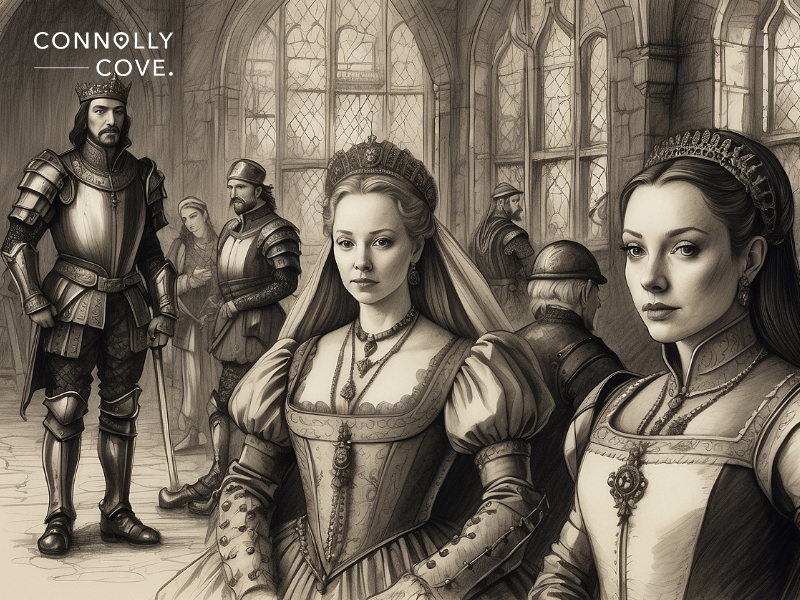
Fast forward to the Middle Ages; the European dynasties found their home in medieval courts and castles. The Plantagenets, the Habsburgs, and the Tudors, with their intrigues, alliances, and rivalries—each family played a role in the tapestry of European history.
Dynasty definition in medieval Europe was about crowns, alliances, and marriages. It was a time when family feuds could shift the balance of power, and knights in shining armour weren’t just in fairy tales.
Characteristics of a Dynasty: Unveiling the DNA of Power
Dynasties have distinct traits that define their essence. The features that make up a dynasty are the very DNA that shapes the narrative of power, succession, and cultural legacy. Let’s explore the defining characteristics that give each “dynasty” its uniqueness.
1. Bloodline Continuity
Just like a family tree stretches across centuries, its roots anchored in the past and branches reaching into the future, bloodline continuity is the heartbeat of a dynasty. It’s about passing the torch of power from generation to generation and preserving a legacy that transcends time.
Now, let’s zoom into the intricate details of family dynamics with the concept of primogeniture. Being the firstborn often meant inheriting the mantle of leadership and shouldering the responsibilities of an entire realm. The eldest son, the heir apparent, is born into a predetermined destiny, shaping the very fabric of the definition of “dynasty.”
2. Political Authority
Dynasties, like puppet masters, manipulate the strings of political authority. Autocratic rule and monarchial systems, whether absolute or constitutional, are the norm, where a single family’s influence reaches far and wide. From shaping laws to determining the fate of empires, the political authority of a dynasty is unparalleled.
Dynastic rulers often wear the cloak of autocracy, where their word is the law and opposing them is a risky game. Rulers’ authority is absolute, from legislative decisions to matters of statecraft.
3. Cultural Impact
Beyond politics, dynasties leave their mark on culture. Artistic patronage, architectural marvels, and cultural flourishing often define the eras of dynastic rule.
A. Artistic Patronage
Dynasties are not just about governance; they are patrons of the arts, the Medici of Florence or the Tang emperors of ancient China. Artistic patronage is a statement of power and cultural influence. The Renaissance, for instance, blossomed under the Medici dynasty, where artists like Leonardo da Vinci and Michelangelo thrived under the sponsorship of powerful families.
B. Architectural Legacy
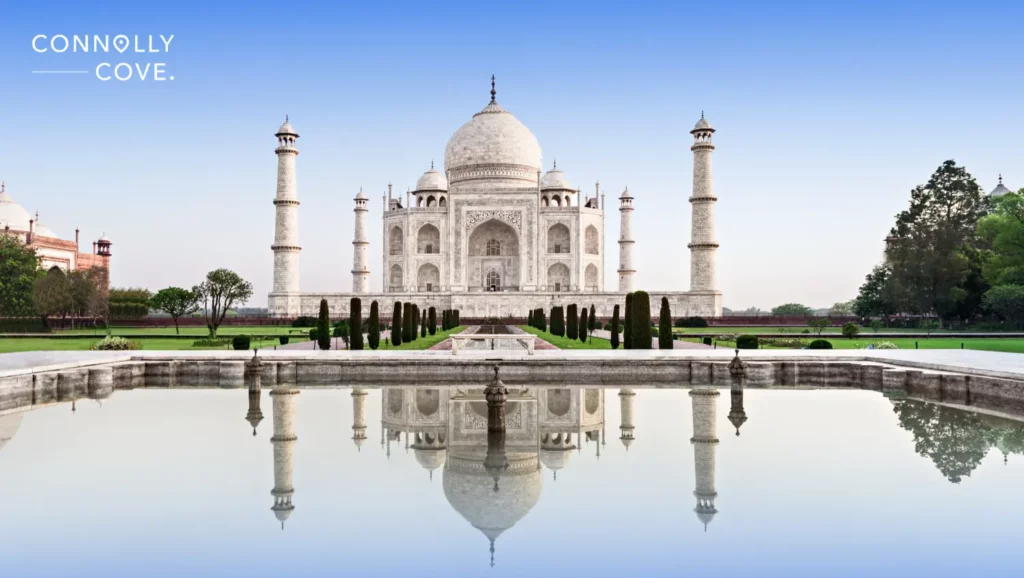
Ancient dynasties built more than just empires; they built cities, palaces, and monuments that stood as testaments to their grandeur. Think of the iconic Taj Mahal commissioned by Shah Jahan or the majestic palaces with the porcelain artistry of the Ming Dynasty. The architectural legacy of dynasties is about the ambition, vision, and imprint of a dynasty on the physical landscape of their reign.
Significance of Studying Dynasties
Examining the power dynamics can provide valuable insights into a country’s history, leadership, and wealth accumulation within a family.
Understanding a Country’s History
The concept of dynasties becomes crucial when discussing and understanding a country’s history and leadership. Dynasties play a significant role in shaping the development and governance of a nation.
They can have a long-lasting impact on its culture, traditions, and even how it is governed. For example, famous dynasties like the Han dynasty in China, which ruled for over 400 years, or the Romanov dynasty in Russia, which lasted for three centuries, shaped their respective countries’ histories for centuries.
By exploring dynasty definitions and studying these rulers’ lineages, we gain valuable insights into how nations evolved and were led throughout different periods. It allows us to understand their power dynamics, succession processes, and sometimes even wealth accumulation within these ruling families.
So, when we delve into a country’s past through its dynastic history, we unlock fascinating stories that give us perspective on its leadership structures and historical developments.
Examining Power and Wealth Within a Family
When exploring power and wealth within a family dynasty, seeing how these factors can shape history is fascinating. In many dynasties, power and wealth are passed down from one generation to the next, creating a system where certain families hold immense influence and control.
Take, for example, the Tudor dynasty in England, which saw the reigns of famous monarchs like Henry VIII and Elizabeth I. This family gained tremendous power and accumulated vast wealth through strategic marriages and political manoeuvring during their reign.
Their influence affected the country’s leadership and profoundly impacted culture, art, and society as a whole. Similarly, in ancient China, the Han dynasty rose to prominence through their ability to maintain control over vast territories and accumulate great riches.
From empires to republics, dynasties have played a crucial role in shaping the world we know today. Understanding the meaning and significance of dynasty definitions allows us to delve into a country’s history and leadership. It helps us examine how power and wealth are passed down within a family. By exploring examples from different cultures and time periods, we can grasp the importance of dynasties in shaping nations and their legacies.





